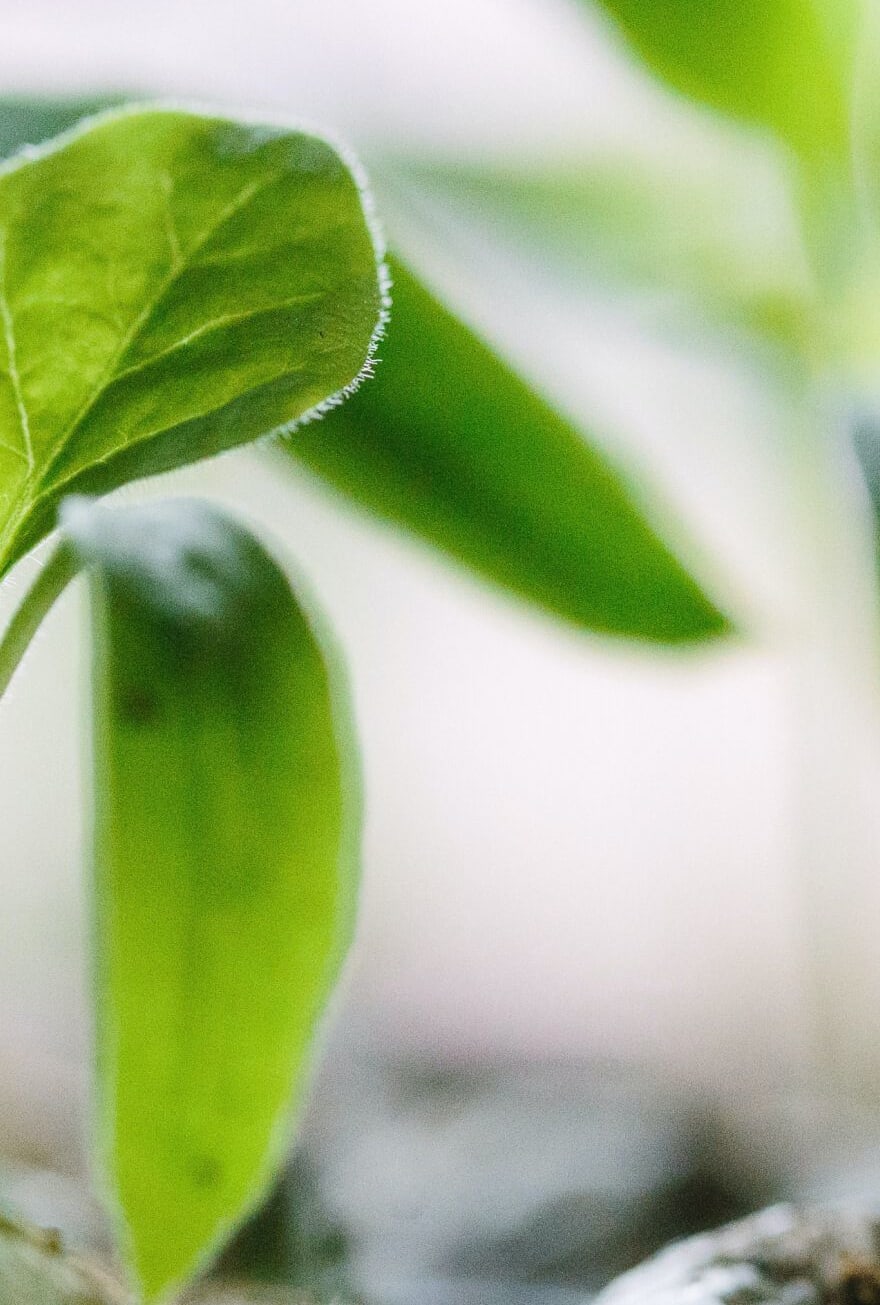Knowde Enhanced TDS
Identification & Functionality
- Chemical Family
- INCI Name
- Ingredient Origin
- Technologies
- Product Families
Features & Benefits
- Labeling Claims
- Product Details
- Tarragon which is known scientifically as Artemisia dracunculus is a perennial herb belonging to the same family as the sunflower. It grows wild in many parts of North America, Europe and Central Asia but is cultivated as a popular culinary and medicinal herb in many other parts of the world. Other common names for the herb are estragon and dragon wort. Artemisia dracunculus var. sativa, a sub-species of tarragon is widely cultivated for its leaves which are used primarily as an aromatic cooking herb. Other sub-species lack the familiar, strong aroma. The various sub-species also go by less formal names. French tarragon is considered to be the best for cooking while Russian tarragon is regarded as superior to wild tarragon. It is believed that dates back to 3500 years before Christ the use of this type of herbs in its most concentrated form, that is, in essential oils, in whose content infinite properties can be achieved, given by more than 100 aromatic molecules found in their pure state and in various proportions which generates beneficial effects for health.
- Benefits
- As far back as the ancient Greeks, tarragon oil was valued as a remedy for painful toothaches. The traditional Chinese practitioners made use of the herb for its antibacterial, antiviral and antispasmodic abilities. Also good for digestive issues, rheumatism, arthritis, anti-parasite, menstrual problems, antibacterial activity and antioxidants that act as an adjuvant in metabolic enzymes.
Applications & Uses
- Markets
- AP/Deo Applications
- Fragrances & Perfume Applications
- Oral Care Applications
- Skin Care Applications
- Common Uses
- Deodorants, toothpaste, mouthwash, cleaning products, massage oils, perfumes and foods.
- Common Uses
Deodorants, toothpaste, mouthwash, cleaning products, massage oils, perfumes and foods.
Blends well with: Black Pepper Oil, Caraway Seed Oil, Cardamom Oil, Coriander Oil, Lavender Oil, Lemon Oil, Tea Tree Oil Vetiver Oil.
Properties
- Physical Form
- Odor
- Sweet, Anise-like, Green-herbaceous, Slightly spicy aroma
- Appearance
- Pale yellow green yellow colored liquid
- Insoluble in
- Water
- Soluble in
- Ethyl alcohol
- Allergens
- Specifications
- General Chemical Constituents
- Methyl chavicol ,trans-anethole, limonene, pinene, methyl eugenol and ocimene beta CIS.
| Value | Units | Test Method / Conditions | |
| Limonene Content | 95 | % | — |
| Linalool Content | 0.5 | % | — |
| Value | Units | Test Method / Conditions | |
| Specific Gravity (at 20°C) | 0.9100 - 0.950 | — | — |
| Refractive Index (at 20 ̊C) | 1.500 - 1.520 | — | — |
| Optical Rotation (at 20 ̊C) | -3 to +17 | ° | — |
| Flash Point | 61 | °C | — |
Regulatory & Compliance
- Certifications & Compliance
- Animal Testing Statement
- We confirm that we do not nor have ever tested our products or their individual ingredients/raw materials on animals. Our company is against animal testing. We will never knowingly purchase from any supplier who participates in animal testing. We are committed to cruelty free products and do not use or sell products that have been tested on animals.
- BSE and TSE Statement
- Essential oils are obtained by extraction from plants, trees or fruit. These processes do not use any sources that are derived from animals. Essential oils are free from BSE (Bovine Spongiform Encephalopathy) and TSE (Transmissible Spongiform Encephalopathy).
- Sewer Sludge Statement
- This product has not been produced with the use of sewage sludge.
- Non Irradiation Statement
- We can confirm that this product is not treated by irradiation or ETO. Consumer safety and customer satisfaction are our primary concerns.
- Non GMO Statement
- Our products are produced using traditional methods. No genetically modified organisms (GMO’s) or transgenic breeding methods are used in their production.
- Prop 65 Statement
- This product is devoid of the materials in California Safe Program Proposition 65
- Naturally Occurring Statement
- We take pride in providing our customers with safe, reliable, high quality products. We are pleased to declare that our products are Naturally Occurring Substances. All of our oils are derived from natural products and produced using traditional methods and are not produced synthetically.
- Nagoya Statement
- This product is sourced from a country with complies with the Nagoya protocol and is not endangered according to the Access/Benefit Sharing (Biodiversity) regulation.
- CMR Substances Statement
- Our products do not contain any substances classified as carcinogenic, mutagenic or reprotoxic (CMR) of categories 1A, 1B or 2 under Regulation (EC) No. 1272/2008
- Responsible Sourcing Statement
- This product is produced under safe conditions in compliance with social and environmental rules by authorized suppliers using voluntary labor.
- Nano Technology Statement
- This product has been manufactured without use of any kind of Nanotechnology and does not contain ingredients resulting therefrom.
- Non Nanoparticle Statement
- Essential oils are naturally occurring products and obtained by extraction from plants, trees, seeds or fruits. All of our products are unadulterated, pure and free from nanoparticles unless otherwise stated.
- Phthalates Statement
- Essential oils are naturally occurring products and obtained by extraction from plants, trees, seeds or fruits. All of our products are unadulterated, pure and free from phthalates unless otherwise stated.
- PEG Free Statement
- Our products are Polyethylene Glycol (PEG) free. All of our oils are derived from natural products and produced using traditional methods and are not produced synthetically. COMPANY REGULATORY STATEMENTS Shelf Life: Under optimal storage conditions, in original unopened packaging, minimum two years. COMPANY REGULATORY STATEMENTS Shelf Life: Under optimal storage conditions, in original unopened packaging, minimum two years.
Storage & Handling
- Storage Condition
- Keep in a cool area away from heat and light in a suitable airtight container.

